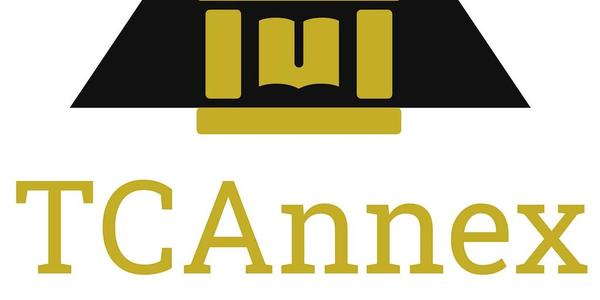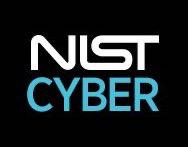NIST
•
18th March 2025
5G Cybersecurity (Executive Summary)
As the first volume of the practice guide, this document summarizes the most significant cybersecurity and privacy recommendations identified thus far from our research on this project. For more information, project goals and implementation details are being documented in a second NIST Cybersecurity Practice Guide Volume B. In addition, detailed information on 5G cybersecurity and privacy capabilities is also being published as part of a white paper series.


















